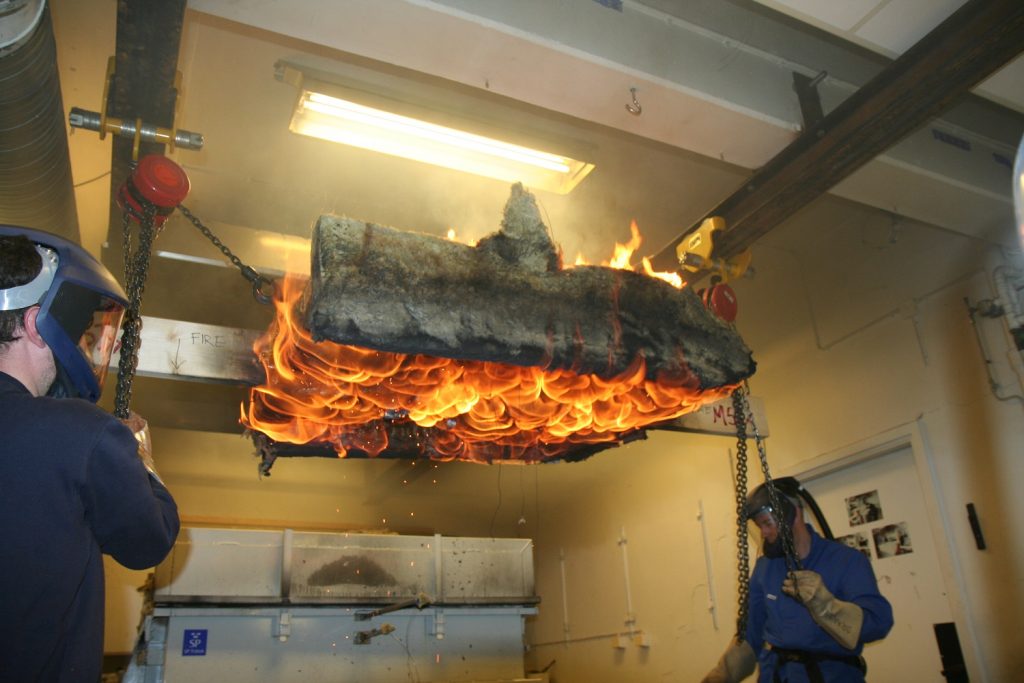The civil engineers of the Tallinn University of Technology (TalTech) have developed a theoretical design method that allows more secure and cost-efficient construction of timber structures.
For the last four years, an engineering research group at TalTech has analysed fire resistance of timber structures, by considering the effect of different insulation materials used in construction.
“The aim of the research work was to significantly contribute to the updating and flexibility of the standard for fire design of timber structures in force in the EU already since 2004, in order to ensure a more cost-effective construction,” Alar Just, a professor at TalTech and the head of the research group, told the university’s blog.
The research focused on identification of the fire resistance of building material prior to the design phase. “So far, this has been done primarily by full-scale fire tests. However, the full-scale fire tests are far from being a sustainable and an environmentally friendly method of analysis. Our researchers offer an alternative, a more inexpensive and flexible theoretical design method,” the researchers said.
Allowing the use of alternatives
The new theoretical design methods allow the effect of different components on fire resistance to be considered and they can be applied more widely than just to one specific structure.
“For example, in the last decades gypsum board was practically the only fire-resistant insulation material allowed to be used,” Just told the TalTech blog. “The results based on the new fire resistance calculation methods allow the use of other alternatives – a cheaper and more environmentally friendly clay plaster, the qualities of which are not worse that these of a gypsum board. In the future, we certainly want to investigate other natural insulation products.”
The results of the analysis carried out by the TalTech researchers will be considered in the new Eurocode, the harmonised technical rules specifying how structural design should be conducted within the European Union, coming into force in 2022.
Cover: Testing the fire resistance of different materials at TalTech. Picture by Katrin Nele Mäger.

